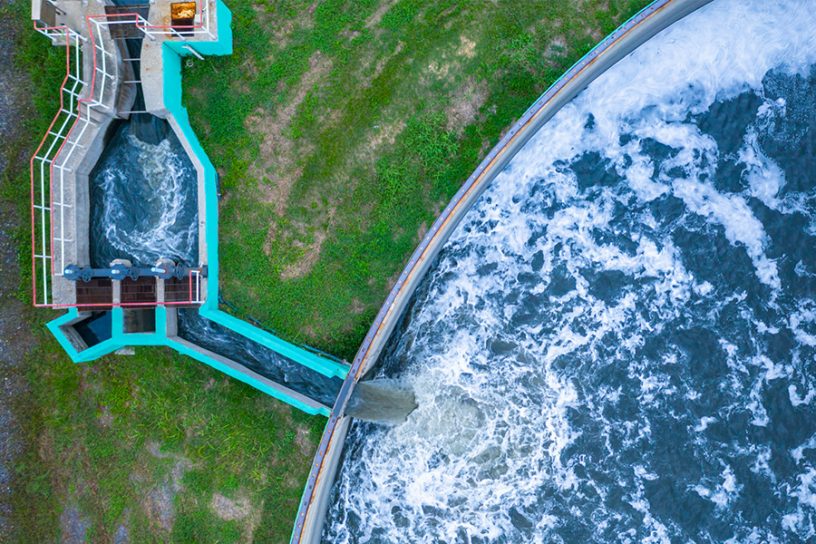
This book chapter offers detailed summary of the effective utilization of sewage sludge to produce polyhydroxyalkanoates (PHAs) via integrating municipal water treatment and PHA production.
Authors
Abhishek Rana, Associate Professor, Jindal Global Law School, O.P. Jindal Global University, Sonipat, Haryana, India.
Mukesh Kumar, Department of Microbiology, School of Bioengineering and Biosciences, Lovely Professional University, Phagwara, Punjab, India.
Inderpal Devgon, Department of Microbiology, School of Bioengineering and Biosciences, Lovely Professional University, Phagwara, Punjab, India.
Ritu Bala, Department of Microbiology, School of Bioengineering and Biosciences, Lovely Professional University, Phagwara, Punjab, India.
Manpreet Kaur Somal, Department of Biotechnology, School of Bioengineering and Biosciences, Lovely Professional University, Phagwara, Punjab, India.
Rohan Samir Kumar Sachan, Department of Microbiology, School of Bioengineering and Biosciences, Lovely Professional University, Phagwara, Punjab, India.
Arun Karnwal, Department of Microbiology, School of Bioengineering and Biosciences, Lovely Professional University, Phagwara, Punjab, India.
Summary
Municipal wastewater is one of the wastes which can be used as a substrate for microbial growth. Municipal waste contains sludge, which is considered an end product of wastewater treatment plants, contributing to higher costs for its management. However, the sludge has the highest amount of organic matter, which can produce high-value products, especially polyhydroxyalkanoates (PHAs).
Through volarization and fixation of methane by microbial consortium can lower the methane content in the sludge and can be integrated with the production of PHA. PHA has gain far more interest in past few decades due to its biodegradable and biofriendly nature towards the environment.
PHA is thermoplastic polyesters produced by various classes of microorganisms such as bacteria, fungi, and algae. These are produced under stress condition like nutrient limitation. The process includes four major steps: i) Treatment of wastewater through enrichment and later, end product directed for PHA sustaining biomass; ii) production of volatile fatty acids (VFA) or VFA rich stream through acidogenic fermentation; iii) production and accumulation of PHA using VFA rich stream; and iv) downstream process for PHA recovery.
The following chapter will be detailed summary the effective utilization of sewage sludge to produce PHAs via integrating municipal water treatment and PHA production.
Published in: Integrated Environmental Technologies for Wastewater Treatment and Sustainable Development, Pages 283-303.
To read the full book chapter, please click here.


